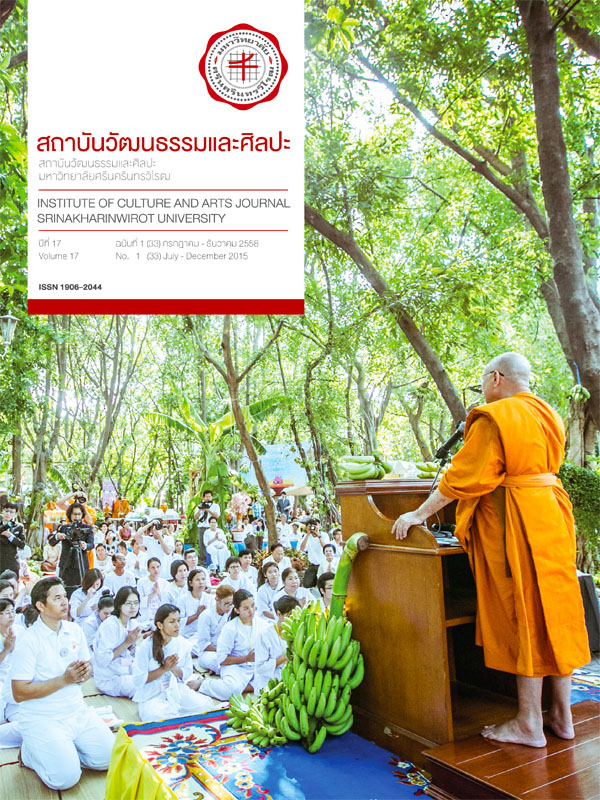รอยสักในสังคมญี่ปุ่น: ยุคก่อนประวัติศาสตร์ถึงยุคเมจิ
บทคัดย่อ
“Tattoo” is an art that has ties to the way of life in
Japan since prehistoric times. It is considered as evidence of
belief, attitude, values and way of life belonging to the Japanese.
Meanings of tattoo vary according to the different periods.
In Jomon and Yayoi Period, tattoo was not only a
symbol of protection from dangers in nature, but also a symbol
of ethnic identity, social status, rite of passage and belief
in the incarnation. In Nara and Heian Period, tattoo became
one of the legal penalties. Later in Sengoku Period, tattoo
became popular among warriors since tattoo was a symbol
of god’s rebirth. They thought that god could save them from
enemy. Moreover, tattoo became a symbol of homosexuality
among the warriors as well. In Edo Period, tattoo was symbolized
as a commitment to love and a symbol of punishment.
Besides, a tattoo was considered as a symbol of beauty
among men as well. Later in the Meiji Period, the
Government abolished tattoo penalty. According to that face
that tattoo was a sign of barbarism. As a result, tattoos became
a taboo in society. In that Era, a new social group
called “Yakuza” also used tattoos to show power and demonstration
of group loyalty. The study found that the development
of tattoo provides positive or negative values based on
judgement of people in each era. Tattoo is also a cultural
heritage of Japanese society from the past to present.
Downloads
How to Cite
ฉบับ
บท
License
บทความทุกบทความที่ได้รับการตีพิมพ์ถือเป็นลิขสิทธิ์ของวารสารสถาบันวัฒนธรรมและศิลปะ มหาวิทยาลัยศรีนครินทรวิโรฒ


